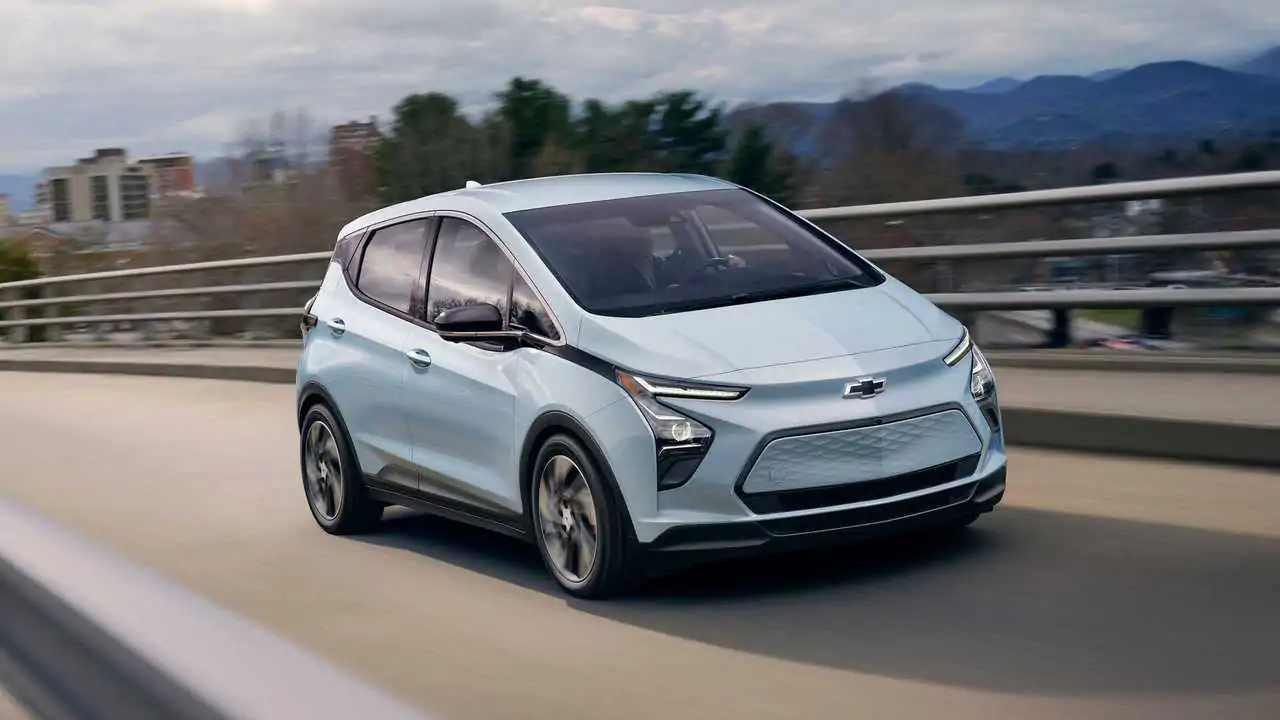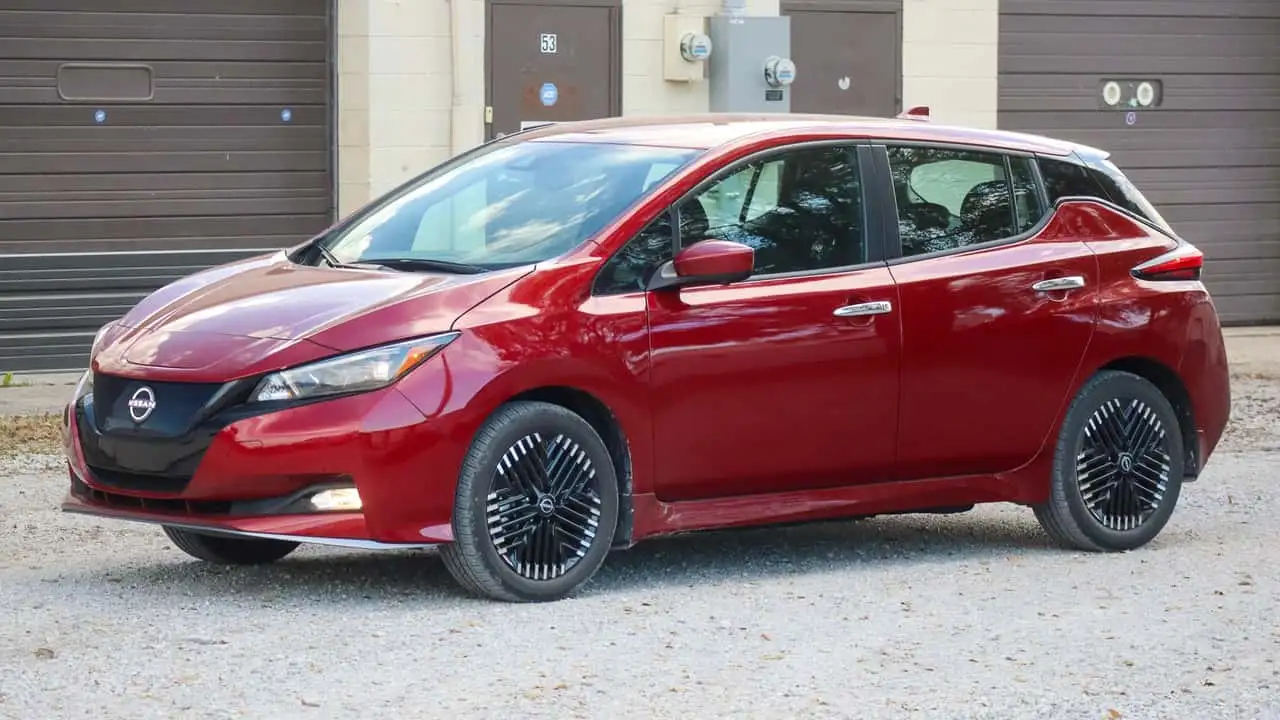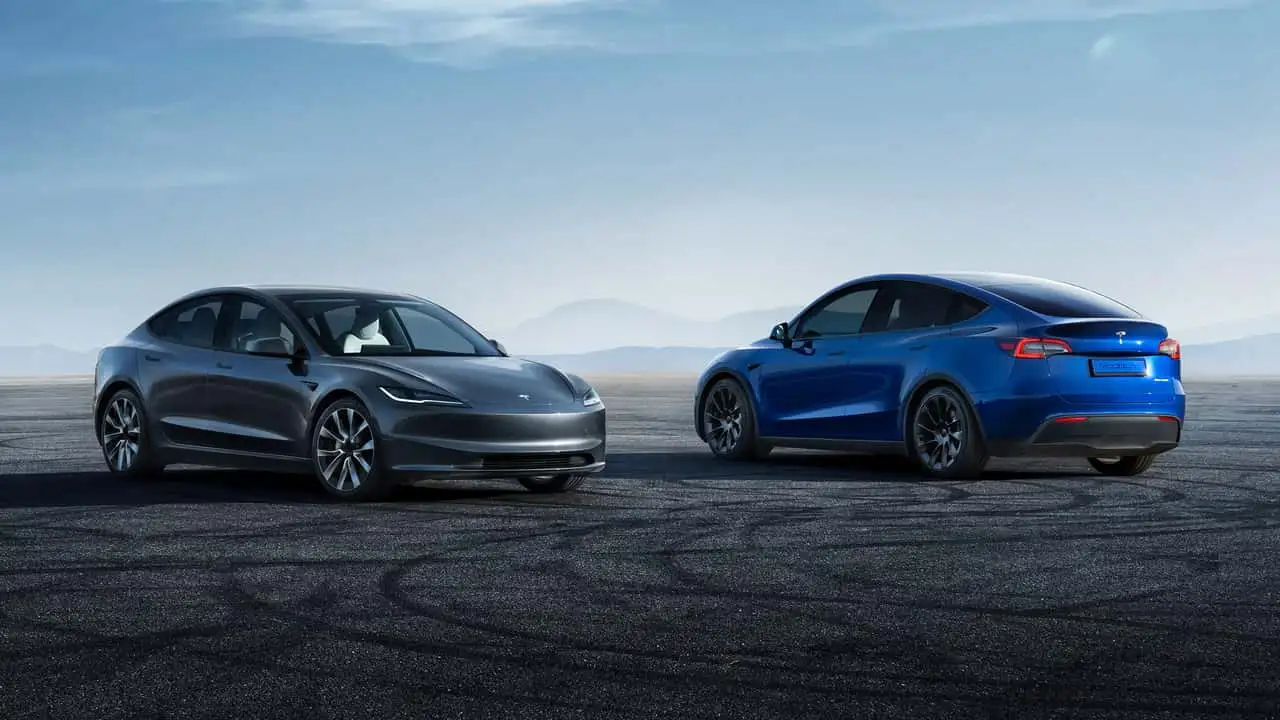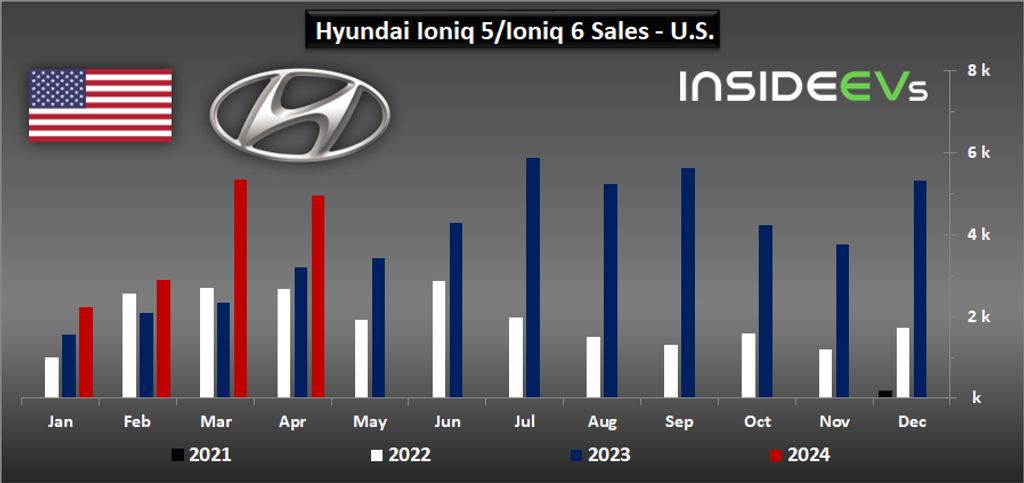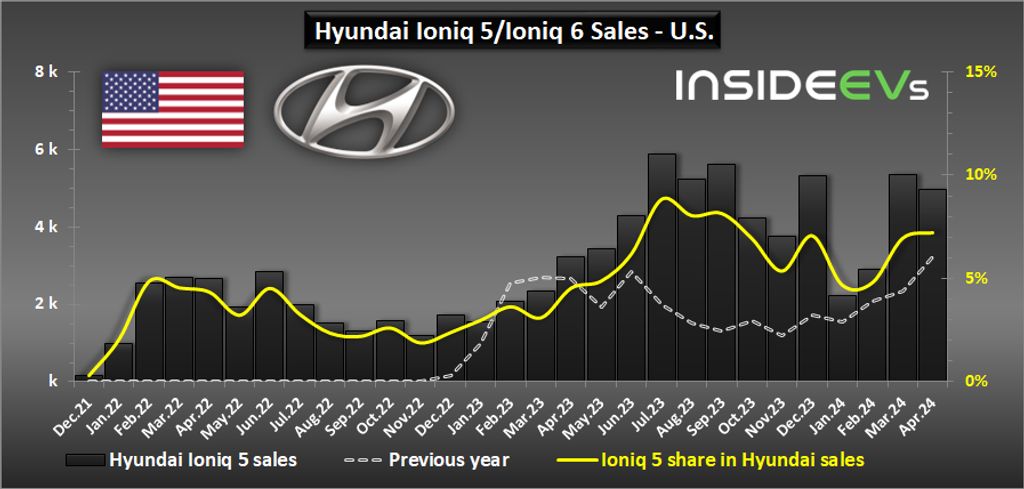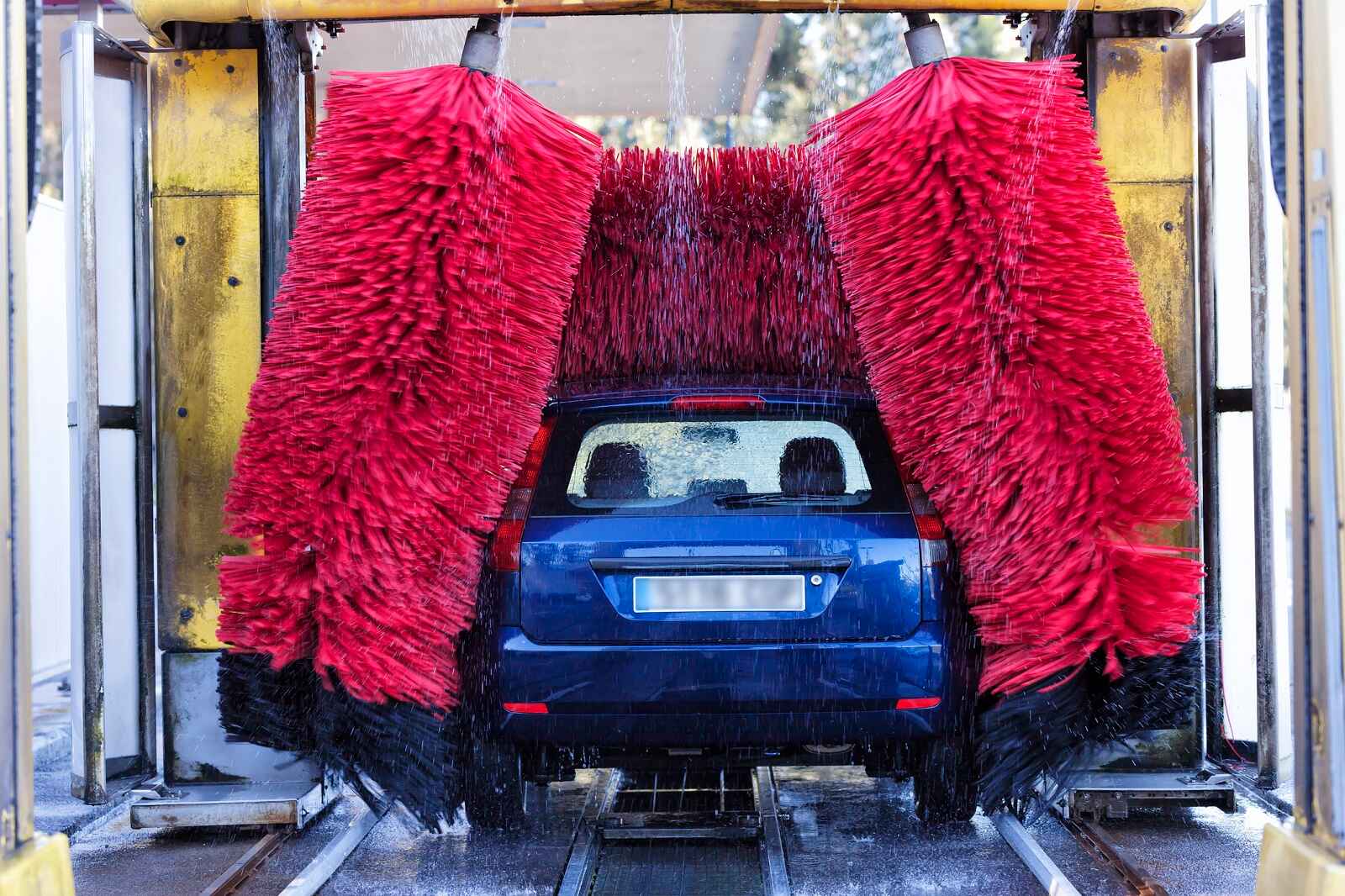Hyundai’s April Sales Overview
In April 2024, Hyundai Motor America reported 68,603 vehicle sales, marking a 3.1% year-over-year decrease. Despite this dip, Hyundai’s electrified vehicle segment, including EVs, PHEVs, and HEVs, has shown significant growth. Notably, the sales volume of electrified cars increased by 26% year-over-year, with all-electric car sales rising by 31%.
Growth in Hyundai’s EV Sales
Hyundai has started 2024 on a strong note with its EV sales in the U.S. experiencing rapid growth. In the first four months of the year, the company sold over 15,000 units of the Ioniq 5 and Ioniq 6 models, a 68% increase from the previous year. In April alone, Hyundai sold 4,955 electric vehicles based on its E-GMP platform, representing a 54% increase year-over-year and accounting for 7.2% of Hyundai’s total sales volume, up from 4.5% a year ago.
The breakdown includes 3,702 units of the Ioniq 5 (a 59% increase year-over-year) and 1,253 units of the Ioniq 6 (a 41% increase). Additionally, although specific numbers for the Hyundai Kona Electric are not reported separately, Hyundai disclosed that overall all-electric vehicle sales, including the Kona, increased by 31% year-over-year.
Year-to-Date Performance and Future Outlook
So far in 2024, Hyundai has sold more than 15,400 units of the Ioniq 5 and Ioniq 6 in the U.S., reflecting a 68% year-over-year increase and making up 6.1% of the brand’s total volume. For context, Hyundai sold 46,917 units of these models throughout 2023, representing 5.9% of the total sales volume.
Hyundai’s performance in the first half of 2024 appears promising, but maintaining this growth in the second half will be challenging due to a higher base of comparison. The official statistics do not include sales figures for other plug-in models like the Santa Fe PHEV and Tucson PHEV, as these are reported alongside conventional or non-rechargeable hybrids.
Challenges and Additional Insights
The hydrogen fuel cell model, Hyundai Nexo, sold 13 units in April, a 19% decrease year-over-year, with a total of 64 units sold in 2024, down 21% from the previous year. Despite these challenges, Hyundai’s strong performance in the EV sector indicates a positive trend towards electrification.
Hyundai’s continued focus on expanding its EV lineup and improving sales strategies is crucial for sustaining growth. The increasing popularity of the Ioniq models showcases Hyundai’s commitment to providing competitive and appealing electric vehicles in the U.S. market. As the year progresses, Hyundai’s ability to innovate and meet consumer demand will be key to its success in the evolving automotive landscape.

